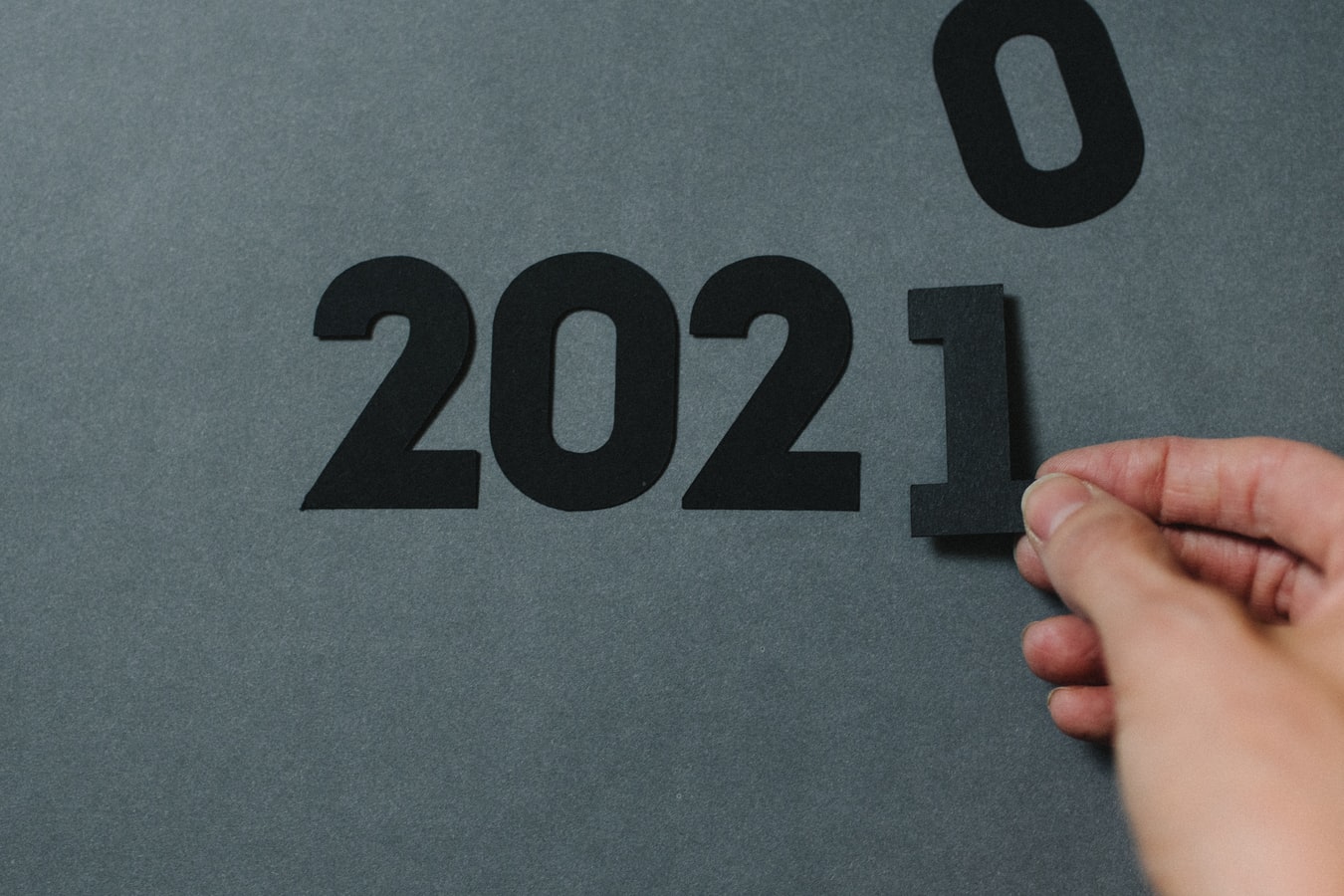
Can you live without digital in 2021?
If companies needed a layer of managers and consultants to write a business case for them, in 2020, this all changed.
Their business case was written by a microscopic virus.
According to Forrester and Forbes, amongst many others, 2021 is the year when companies will have to adopt digital solutions - resulting in fundamental changes to how businesses operate and interact with their customers.
That’s “have to”, by the way. What was previously a "nice to have" may soon become an existential "must have".
THE MOVE TO DIGITAL

Surveyed worldwide, 85% of large companies agreed in 2019 that it'd be “nice to have” some form of digital transformation in place. Along came 2020, of course.
It's predicted that by the end of 2021, 30% of Global 2000 companies will have a significant digital solution in place and that a further 20% will be undertaking some form of digital transformation.
You might read this as "large companies and tech companies will be investing in digital", and whilst that's broadly correct, if you read between the lines, the future is most definitely digital and you don't necessarily have to be a large multinational to contemplate the move to a digital environment.
BUT WHAT EXACTLY IS “DIGITAL TRANSFORMATION”?
Here’s where there’s a problem of definition. “Digital transformation” can mean any number of things.
Generally speaking, digital transformation can be defined as companies or organisations adopting modern solutions to enhance the way they communicate and interact with their customers or users.
It’s a catch all phrase - one company may see “digital transformation” as involving adopting e-commerce solutions, such as a reactive website, mobile app and virtual assistants as being adequate for their needs - another might require a customer service portal, analytics and marketing automation, the adoption of social selling strategies, business intelligence systems, user dashboards and internal cultural change.
Digital transformation comes with three hurdles, at least. One is to actually define the scope of what a company wants to achieve, two is to find the staff and budget to do so in, let’s face it, pressing times and three is to transition from legacy systems to new digital ones, with all the attendant problems of staff training and buy in.
Of course, all of this takes time, and money.
Whilst companies, with harried IT departments and stretched budgets, were slowly moving towards adopting digital solutions, recent events have overtaken their plans.
HOW THE PANDEMIC HAS CHANGED THE BUSINESS ENVIRONMENT

Simply put, customer behaviour has, for a lot of companies, undergone a sudden and unexpected change.
Not only has the (unavailable) high street and city centre become of less importance, but customers buying habits are rapidly altering.
Food delivery is beginning to move online, after a long hiatus, putting pressure on company supply chains. Online shopping for goods has become the norm, with customer expectations around service and interaction increasing.
The public are becoming more used to using chatbots, online ordering and payment systems and customer review applications.
Consumers have a larger selection of supplier choice, higher expectations for good service and the ability to very visibly complain - on social media or sites such as Trustpilot - when their expectations are not met.
If anything, the pandemic has accelerated existing trends, but, with companies laden with legacy systems and an uncertainty about how to adopt digital solutions (coupled with cash flow uncertainties) the pressure is now on to gain new customers - and retain them. As quickly as possible.
PREDICTIONS FOR 2021
Who knows ?

And that’s the problem. We are sailing in uncharted waters.
With two UK lockdowns so far (and a third possibly slated) the idea of expending money on digital assets is most likely not what many UK firms want to hear, but it might be, simply put, unavoidable.
Despite nearly 10 months of the ongoing pandemic, we still have little concrete idea about how 2021 will unfold. Questions revolve, of course, about the efficacy and availability of vaccines, and how long a vaccine programme will take to roll out. Even with the latest news about a vaccine developed by Pfizer with 90% efficacy, the consideration is that consumer shopping habits may have permanently changed. There is some talk of coronavirus having effects reaching into 2025.
In the interim, businesses are under increasing financial pressure to find and retain customers. Digital solutions offer them a great solution, but come with the problems of cost, during a financial squeeze, and time. It can take six months to enact major tech changes in a company.
New technology, such as chatbots, digital assistants, augmented reality, smart watches and mobile apps are out there, but companies are basically responding slower to them than consumers are.
Coupled with the lead time required to roll solutions out, there’s also the problem of supply. Where a solution has to be bespoke, there are only so many IT resources out there capable of doing the job - a finite number who will quickly be hoovered up if the digital transformation snowball starts rolling.
IN CONCLUSION

If 2019 was the year when general agreement arose about the need to go digital, 2020 was an object lesson about what could happen if you hadn't.
2021 should - if predictions are correct - be the rush to adopt digital solutions. Companies who don’t are essentially playing Russian roulette with their profitability.
The question has become not "if", but "when", and "when" has become "as soon as possible".
If you’d like a chat about what a mobile app could bring to your business, we’re happy to talk through things with you. You might have existing ideas or want to pick our brains: feel free to check out our Manchester based Flutter app development services here.







.png)


